Birdwatching Success Secrets: Experts Share Their Top Tips, From ‘Pishing’ to ‘Scanning’
Plus: Why you may have more luck if you sit down!
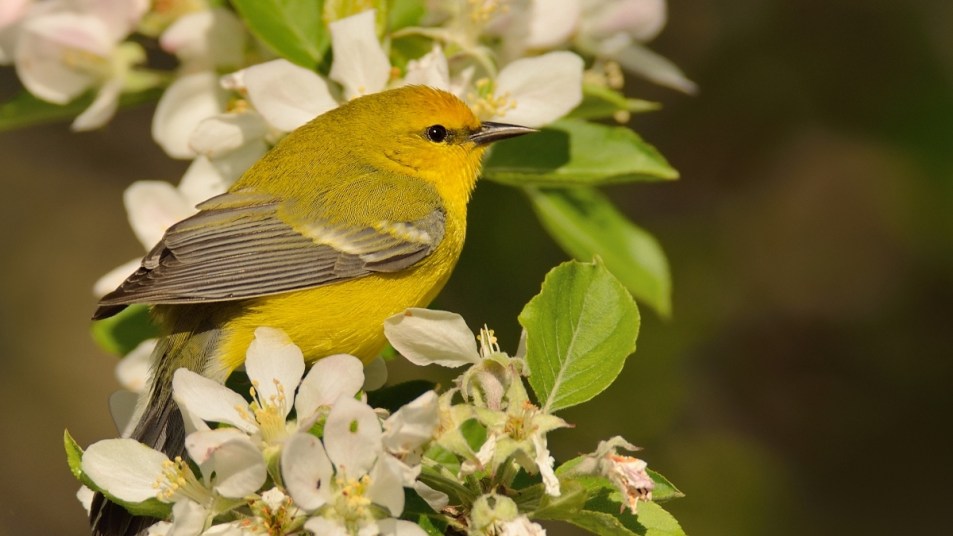
If seeing birds fluttering about brings you joy, birdwatching can be the perfect activity for you! With more than 800 species of birds in North America alone, it’s no wonder that more than 51 million Americans reportedly have taken up the hobby. Although it can be done from any place where birds have a natural habitat, there are ways to make the experience even more enjoyable. We asked experts for their secrets to successful birdwatching that will help you spot more birds than ever.
How to make the most of birdwatching
To ensure your birdwatching adventure is a success, try these simple strategies
Pick the right location
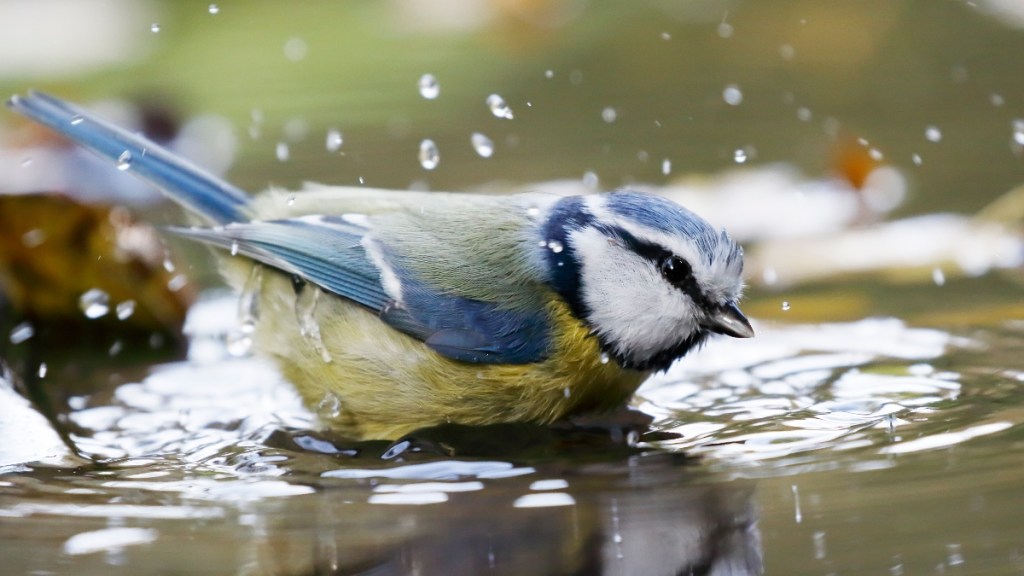
You’re likely to see birds no matter where you go, but there are certain spots that boost your chances for seeing a wider variety of species. “Places where two or more habitats come together are really good for seeing different birds — so where a forest meets a field or where the prairie meets the foothills,” reveals Jennie Duberstein, young birder liaison for the American Birding Association. (Heading to a national park to birdwatch? Check out these other tips for a great park experience).
Also smart: Visit an area with ponds, lakes or rivers. Water features are known for attracting tons of bird activity. “Be on the lookout for freshwater sources where songbirds drink and bathe, check the edges of ponds and streams and seek out small, shallow puddles that form after a rainfall or sprinkler session,” shares Heather Wolf, author of Find More Birds.
But birds can be a bit more skittish when they’re drinking or bathing because it makes them more vulnerable, adds Wolf. So if you don’t see any at the water at first, try watching from farther away.
Go early — or late!
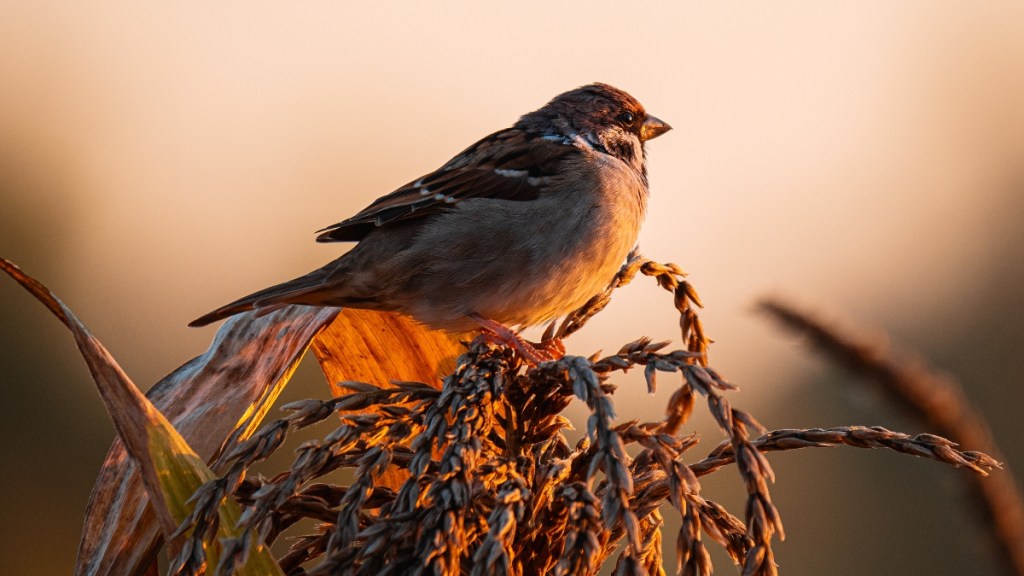
They say the early bird catches the worm, and getting an early start on birdwatching can also boost your chances of success. “Birds do tend to be more active at dawn because they are hungry,” explains Wolf. “They are also more vocal as they start their day by defending their territories and attracting mates with song.”
Not an early riser? No worries! Try heading out an hour or two before sunset for your birding experience, she suggests. Many birds have one last meal around this time before roosting for the night. The worst time for birdwatching: midday (11 am – 1 pm), as this is when birds are least active.
Give ‘pishing’ a go
To get birds to come to you, try a pro technique called “pishing.” To do: Clench your teeth and whisper the word “pish” several times or loudly kiss the back of your hand. These sounds mimic a bird’s call, attracting smaller chirpers like bluebirds, who fly into perfect view to investigate the noise.
Learn about pishing more below:
Make yourself approachable

Another easy way to get birds to come to you? Take a seat! “Sitting on a rock, bench or lawn will make birds more comfortable with your presence,” says Wolf. “Those that flee as you approach will often reappear a few minutes after you sit down. And any that were hiding may now feel comfortable enough to forage out in the open.”
She recommends sitting about 8 to 10 feet from a section of dense vegetation (like tall grasses for example) where birds normally like to hide. This is especially useful if you’re waiting at a spot where two habitats come together, as mentioned above.
Focus on different levels
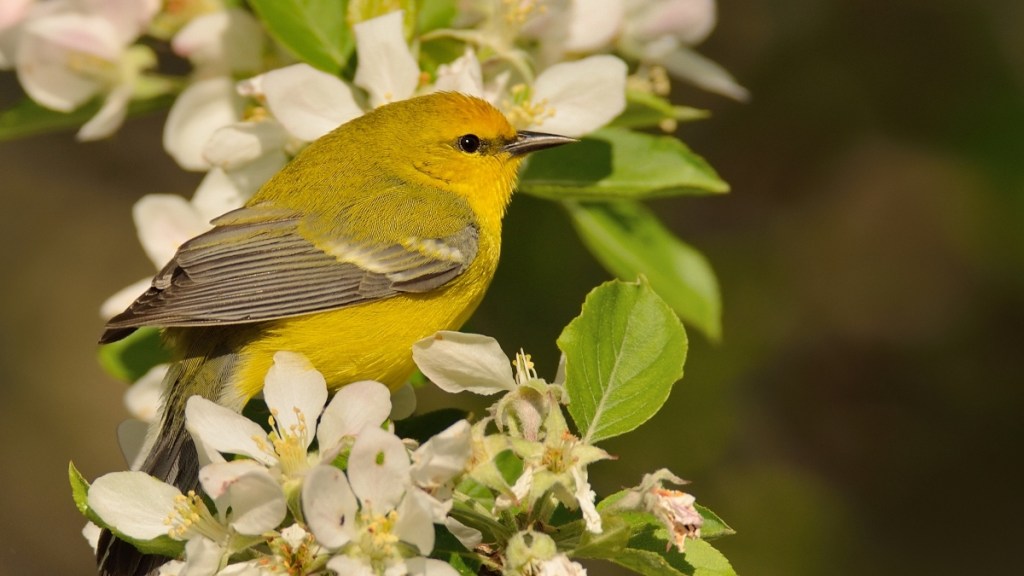
Regardless of what natural environment you’re in, you’ll have even more chances to spot winged beauties by looking for them below and above eye level. For instance, shift your gaze toward fallen leaves on the ground or between trees. “Migrating thrushes, sparrows, certain warblers, Northern Flicker woodpeckers and many other birds forage in leaf litter by digging or flipping leaves over with their bills in search of snacks,” says Wolf. “Birds camouflage well in this habitat, so listen for the rustling of leaves to find them.”
Looking up can be just as helpful too! Fruiting trees and shrubs are particularly popular because they’re often covered with caterpillars, reveals Wolf. These bugs are popular protein options for birds like vireos, wrens, kinglets and warblers.
Do a scan
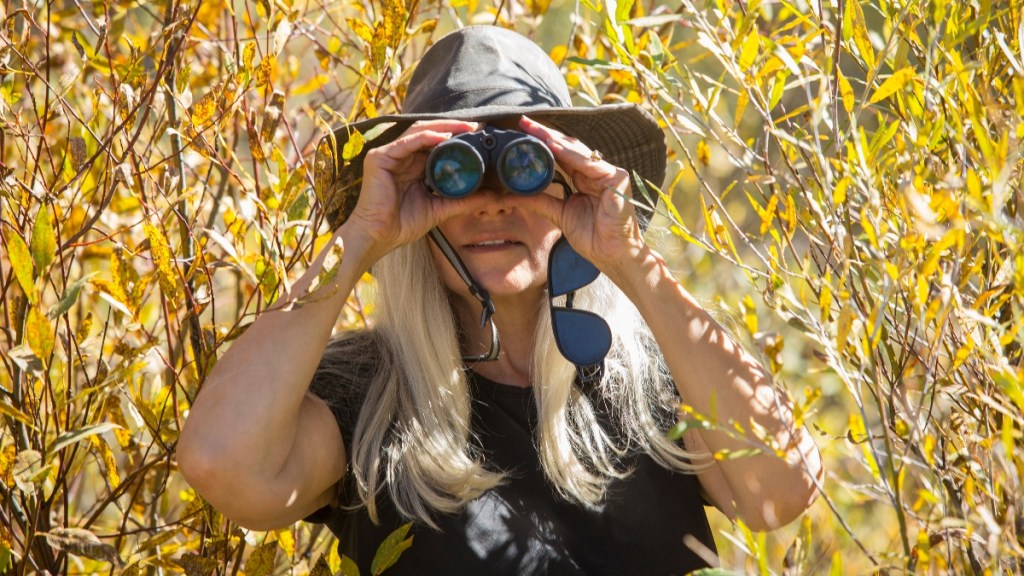
One of the best ways to catch a bird in your vicinity? Scan the area rather than keeping your sight locked on one spot. “Look for movement by scanning a habitat with a soft gaze that will allow you to detect the often subtle motion of birds over a wide area in front of you,” advises Wolf. “If you focus too intensely on any one part of the habitat, you might miss a tiny bird foraging just a few feet away from it.”
How to identify birds
When you spy an unknown species during your birdwatching trip, you may be wondering what it is you saw. The pros recommend consulting the free Merlin Bird ID app from the Cornell Lab of Ornithology and the free Audubon Bird Guide app for help. (Looking to identify by the sounds you heard? Try Larkwire for learning bird songs and calls.)
The trick to using a field guide: Focus less on the color of the bird you saw, as it can be deceiving. “Pay more attention to the shape and size of a bird and its parts and its habitat,” suggests Wolf. “How long is its tail relative to its body? What is the shape of its bill (e.g. thin, conical, spear-like)? Does the bird seem secretive? Does it stay hidden in dense vegetation or does it forage out in the open?”
When you notice more about the bird’s behavior and specific characteristics, it will make it easier to identify. You’ll be an expert in no time!













